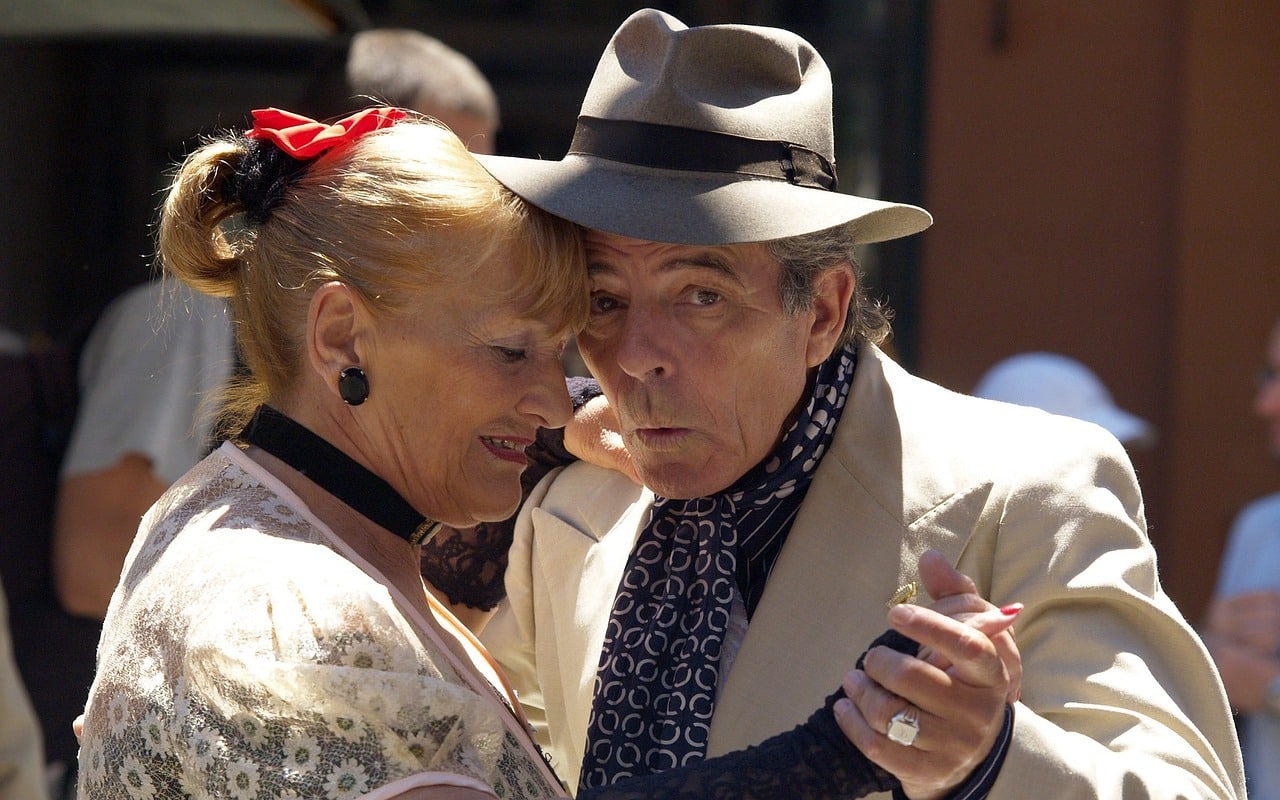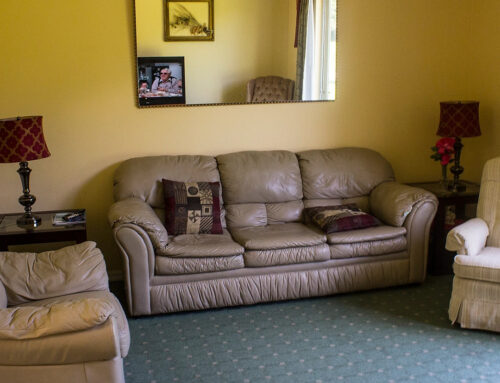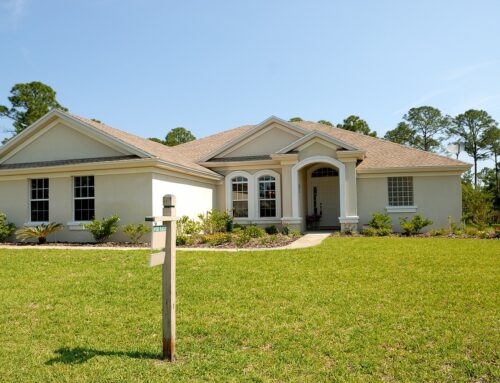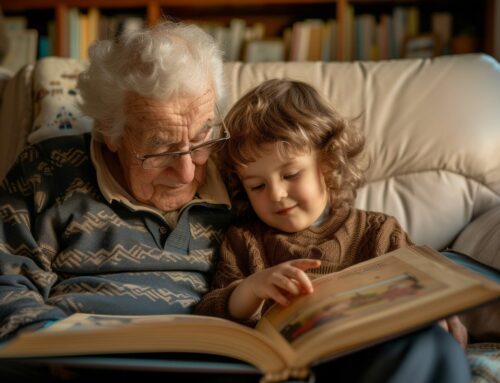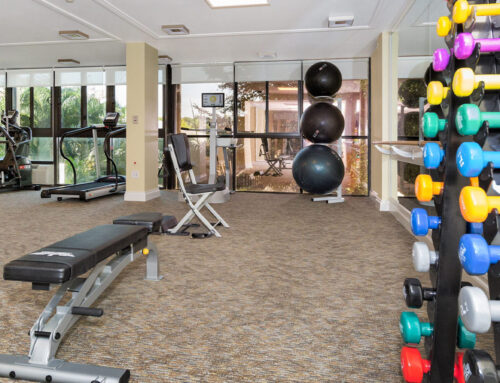Can dance classes help manage the symptoms of those with Parkinson’s?
Many diseases seem to manifest in older individuals, and one of them is Parkinson’s disease (PD), which is a chronic degenerative disorder of the central nervous system that impacts both the motor system and non-motor systems. Early symptoms are typically tremors, slow movement, rigidity, and difficulty while walking. As the disease progresses, cognition, behavior, sleep, and sensory systems may be affected. In the advanced stages of the disease, dementia often develops.
Parkinson’s disease generally appears in individuals over the age of 60. The average life expectancy once diagnosed is between 7 and 15 years. No cure is known, and treatment is designed to mitigate symptoms rather than cure them. Initial treatment includes medications and may eventually necessitate surgery to implant microelectrodes for deep brain stimulation.
While all of this may seem dire, there are alternative techniques that seem to be helping those with Parkinson’s and other related conditions. One of the more surprising (and joyful) revelations is that music and dancing may be providing relief to those with PD. Whether to help the body, strengthen cognition, or elevate quality of life, dancing is incorporated into many assisted living programs. While studies are sparse on the subject, those participating in these types of programs report excellent results. Dance for Parkinsons is a group based in Brooklyn that has seen success with PD patients.
One participant stated “The dance class has made a huge difference in my symptoms – I am walking better, feel more balanced and stronger. The class provides an inspiration to move.” Another shared, “When I am in dance class, I feel like I don’t have Parkinsons anymore.”
How Can Dance Help Those with Parkinson’s?
- Dance develops flexibility and supports mobility: Most people understand that as we grow older, a lack of movement can become increasingly detrimental. This is why seniors are always encouraged to walk or develop an appropriate exercise routine. Dance can keep muscles more flexible and promote movement and mobility.
- Dancing improves cognition and connects mind to body: Although a physical activity, dancing requires that the participant thinks about the moves and communicates those moves to their body. This mind-to-body connection helps Parkinsons patients to regain control of their body in the moment.
- Dancing concentrates on movement and balance: When someone is living with a condition that attacks their stability and movement, they may be tempted to avoid activities that cause them to be on their feet. However, dancing can help PD patients protect and regain some of the stength and balance they have lost, as well as encourage range of movement. Not only that, but they learn to better control their movement through space, which can help with everyday activities.
- Dance classes destroy loneliness and isolation: One of the primary concerns for those who live with a chronic disease is that they tend to isolate themselves. This can lead to loneliness and depression that can make their physical condition more pronounced. When a PD patient attends a dance class, they engage with others in a joyful and fun expression that they can share with one another as they make new friends.
- Dancing builds confidence: Those who are suffering from physical and cognitive challenges often lose their confidence and are self-conscious around others. When a Parkinsons patient learns to dance, they understand that they can still learn new things, have fun, and build their self-esteem and confidence.
- Overall, dancing inspires joy, creativity, and happiness – and everyone deserves more of that.
Find the Right Senior Residence for Your Loved One
At My Care Finders, we work with families to find the right assisted living or memory care center for their senior loved one. Call today to learn more about the communities providing the lifestyle and activities to ensure they enjoy the best quality of life.

